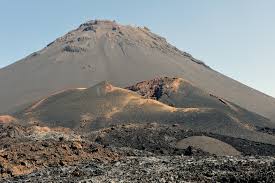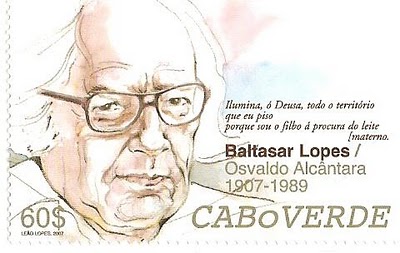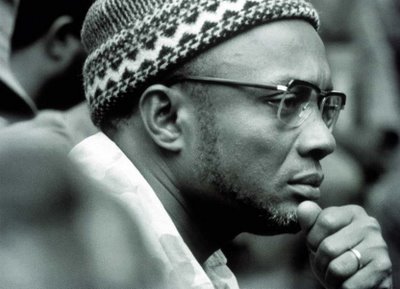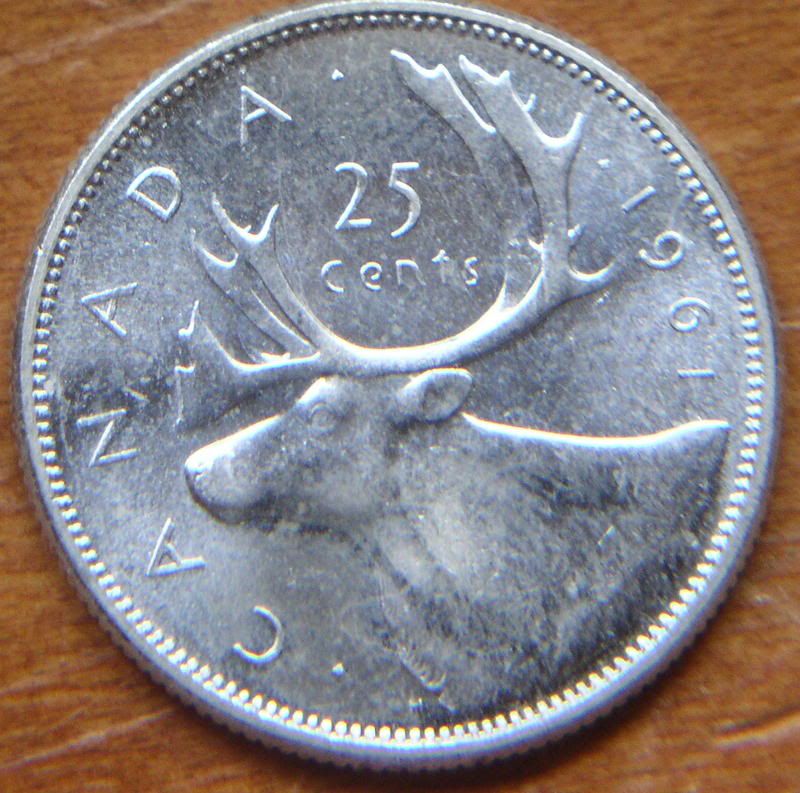Sometime
after I graduated from college, I moved back with my parents for a while as I
tried to figure out what I was doing with my life while looking for a job. I
actually love to study and I spent my free time studying various languages –
mostly Japanese, but some Portuguese as well. My hometown is a very small town about 30 miles south of
Indianapolis, so I used to drive closer to the city in order hang out at the
Borders bookstore and café (now closed, which makes my heart sad). Be jealous,
I know, I lead such an exciting life. One of the things that I liked was they
had scanners in which you could scan a CD, and it would play some samples of
it. That way, you had an idea of what you were buying. One day, I went to clear
my mind from the world of verb conjugations and my eye caught a CD that was on
display: The Best of Cesária Évora. I had never heard of her, but I immediately
fell in love with it. Later I learned she was from an island country in the
Atlantic Ocean off the coast of Africa called Cape Verde.

Cape Verde
also became significant as I studied Portuguese as another country in the
Lusosphere (a fancy word meaning “all the countries and areas who speak Portuguese”).
While Portuguese is the official language, most of the people speak Cape
Verdean Creole. In fact, Cape Verdean Creole, or Kriolu, varies from island to
island. As a Portuguese learner, I can read it better than I can speak it, but
when I looked at examples of Santiago Creole and São Vicente Creole, I had a
very difficult time reading it. From what I can tell, it looks as if many of
the words were shortened, leaving endings and beginnings off, occasionally
using different grammatical forms and such.

And for
starters, Cape Verde (which is Cabo Verde in Portuguese) literally means “green
cape.” It’s actually named after Cap-Vert, the peninsula in Senegal that the
capital city of Dakar is located on, almost directly east of Cape Verde on the
African mainland. I mean, who wouldn’t want to visit a place where the capital
city is Praia, the Portuguese word for “beach?” Certainly sounds inviting to me,
especially since it’s 40F here and the temperature in Praia right now is 72F. The
city of Praia has a little less than 128,000 people – about the size of Cedar
Rapids, Iowa.

Before the
Europeans found the islands, the islands were uninhabited. The Portuguese
explorers settled it first, creating the first settlement on the island of
Santiago. Because the land wasn’t
great as far as agricultural enterprises go, they decided to use it as a stop
in the slave trade. Of course, it
was attacked by both the British and the French at different times. (I read
that Winston Churchill had planned to attack Cape Verde during WWII, but called
it off at the last minute.) When the slave trade was disbanded, so to speak, it
remained a colony of Portugal. In the mid-1950s, Cape Verde along with Guinea
(also a colony of Portugal) started talking of independence, and it eventually
led to clashes between those that wanted independence and the Portuguese and
African soldiers. And on July 5, 1975, Cape Verde did succeed in becoming an
independent country. It actually
remains to be one of Africa’s most stable democratic governments.

The
country consists of ten islands and eight islets, arranged in a sort of
horseshoe shape – this kind of group of islands is also called an archipelago. The
islands divided into two groups, the “windward” islands (generally, the
northern ones: Santo Antão, São Vicente, Santa Luzia, São Nicolau, Sal, Boa Vista) are known as the Barlavento
Islands, and the “leeward” islands (generall, the southern ones: Maio,
Santiago, Fogo, Brava) are known as the Sotavento Islands. Santiago is the
largest, both in size and population since Praia is located on the island.

The island
country was created from volcanic activity and Pico de Fogo is the most active
volcano of the islands. The last major eruption was in 1995. There are also extensive
salt flats on the islands of Sal and Maio. (“Sal” means “salt” in Portuguese.) Some of the hurricanes that hit the
Caribbean and the east coast of the United States originate from near Cape
Verde. They actually have a name for them, called Cape Verde-type hurricanes.
These storms are known to be really bad storms as they cross the Atlantic. Some of the larger Cape Verde-type
hurricanes that I remember were Hurricane Earl (Aug-Sept 2010), Hurricane Bill
(Aug 2009), Hurricane Ike (Sept 2008), Hurricane Dean (Aug. 2007), Hurricane
Ivan (Sept 2004), Hurricane Isabel (Sept 2003), Hurricane Floyd (Sept 1999),
Hurricane Andrew (Aug 1992) and Hurricane Hugo (Sept 1989 – which forced my
grandparents to cut their vacation to Myrtle Beach, SC short that year). So, I guess be careful where you
vacation in August and September, huh?
Even though these huge storms are formed near these islands, the country
on a whole – while surrounded by water – suffers a water shortage. It just
doesn’t rain enough during the year for viable drinking water; they’ve been in
a drought for much of the past half-century or so. Much of the inland
countryside is painted in hues of browns, golds, and faded greens much of the year. Many people
have left the country because of this – they say there are more expats outside
of the country than there are those left on the islands.
A whopping
95% of Cape Verdeans identify themselves as Christian, and of those 85% are
Roman Catholic. There is a small Muslim community and an even smaller number of
atheists.
The
country is a relatively small one, and it’s spread out. Being an island nation
does pose certain problems with logistics of getting supplies around and such. 90%
of urban areas and 85% of rural areas have access to clean drinking water, and
sanitation is much lower: 73% urban and 43% rural. They have a very low rate of
AIDS cases. Roughly 84% of Cape Verdeans are literate. 30% of the population
lives below the poverty line, and 21% are unemployed. The country does remain
to be a relatively low crime area, although the normal precautions are always
advised when visiting. A lot of food is imported since the land isn’t able to
grow much of a variety of foods. Seafood is abundant though, and is a staple to
their cuisine.

I’ve
wanted to visit Cape Verde for a long time, mostly for the music. If I were to
go on a dream vacation, it would be to visit the out of the way places, to
drink a good local wine or beer and sit back with some good local food and
listen to local musicians perform. I’m really not asking for much. Well, who am
I kidding, I wish I could do that in my own city. It’s hard when you have two
young kids. (And that’s why I cook these meals at home – much less expensive
and far more feasible.) So while I dig out my Cesária Évora CDs and open the
windows (well, I’ll wait a few days until it warms up a little), I’m going to
pretend we’re in Cape Verde. For now.
Up next:
holidays and celebrations






























